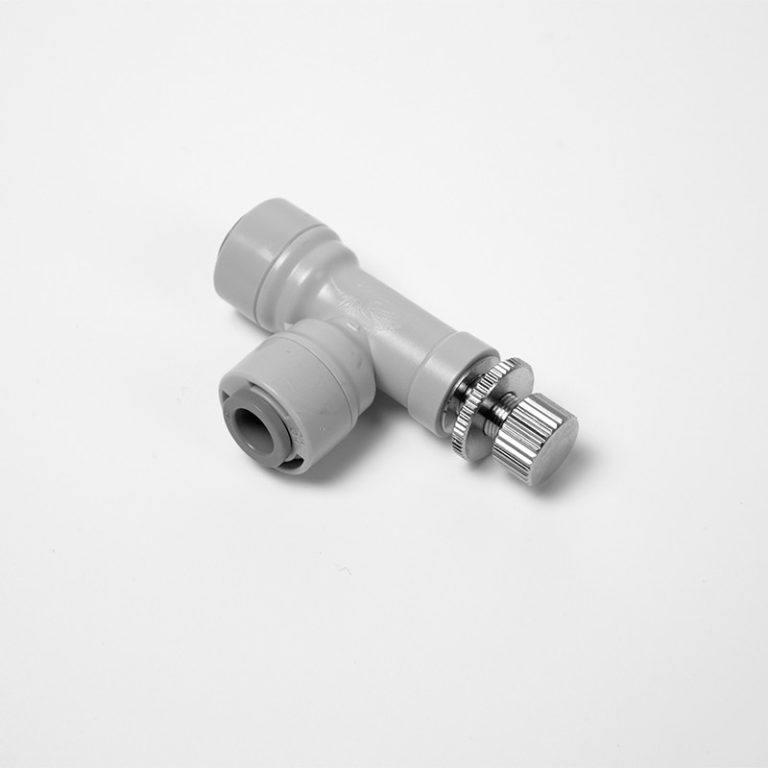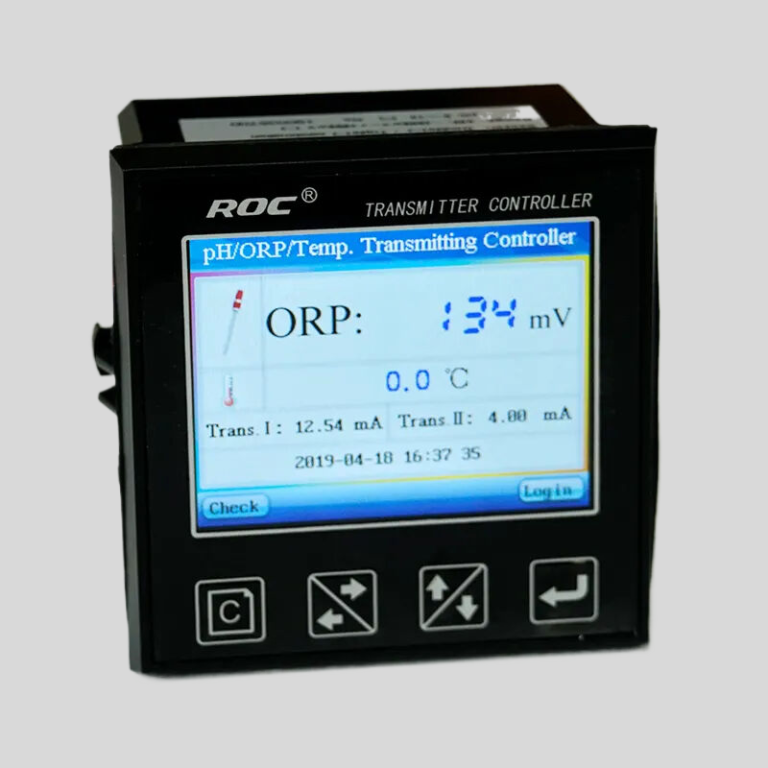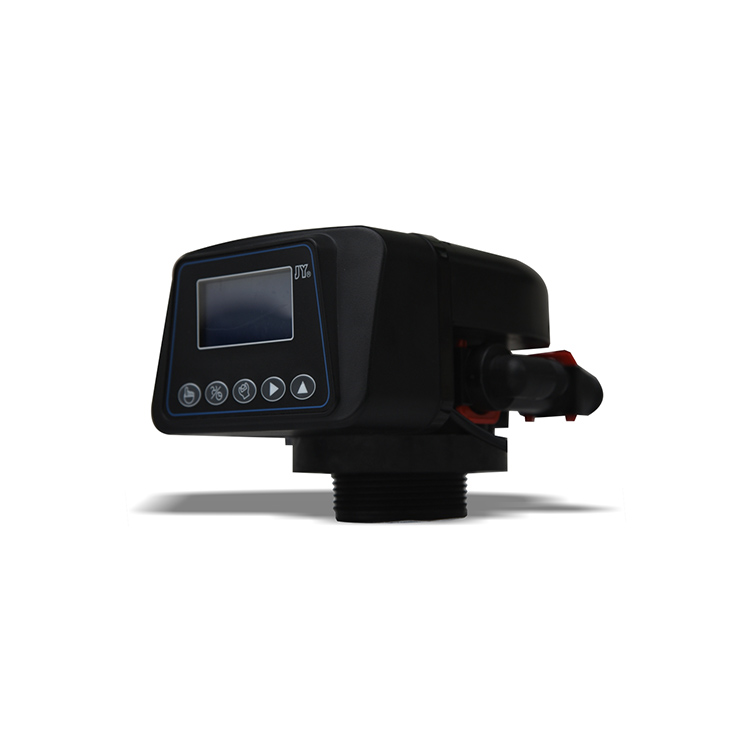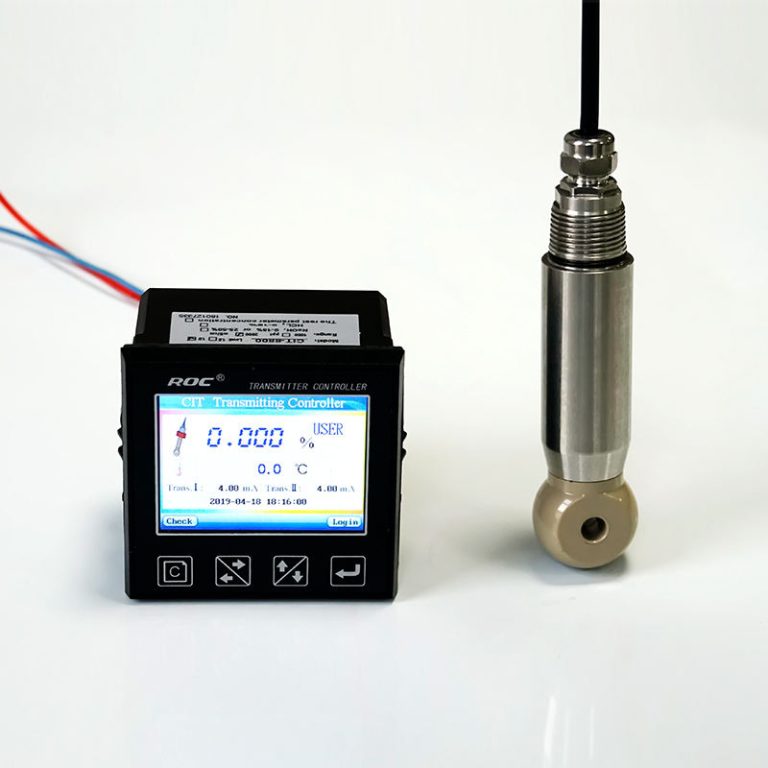Impurities stripped, pure water sips.
Contaminants Removed by Reverse Osmosis
Reverse osmosis is a water purification process that is widely used to remove contaminants from drinking water. This technology works by forcing water through a semi-permeable membrane, which allows only water molecules to pass through while blocking larger molecules such as contaminants. Reverse osmosis is highly effective at removing a wide range of contaminants, making it one of the most popular methods of water purification.
One of the main contaminants that reverse osmosis removes is lead. Lead is a toxic metal that can leach into drinking water from old plumbing systems or lead-based pipes. Exposure to lead can have serious health effects, especially in children and pregnant women. Reverse osmosis is able to remove up to 99% of lead from drinking water, making it a crucial technology for ensuring safe and clean drinking water.
In addition to lead, reverse osmosis is also effective at removing other heavy metals such as mercury, cadmium, and arsenic. These metals can also leach into drinking water from various sources and can have harmful effects on human health. By using reverse osmosis, these contaminants can be effectively removed, providing a safe and clean drinking water supply.
Another common contaminant that reverse osmosis removes is chlorine. Chlorine is often added to municipal water supplies as a disinfectant to kill bacteria and other harmful microorganisms. While chlorine is effective at killing pathogens, it can also react with organic matter in water to form harmful byproducts such as trihalomethanes. Reverse osmosis is able to remove chlorine and its byproducts, ensuring that drinking water is free from these potentially harmful substances.

Reverse osmosis is also effective at removing various organic contaminants such as pesticides, herbicides, and pharmaceuticals. These contaminants can enter water sources through agricultural runoff, industrial discharge, or improper disposal of medications. While these contaminants may be present in trace amounts, they can still have negative effects on human health over time. Reverse osmosis can effectively remove these organic contaminants, providing clean and safe drinking water for consumers.
In addition to removing contaminants, reverse osmosis also helps improve the taste and odor of drinking water. By removing impurities and dissolved solids, reverse osmosis can produce water that is clear, clean, and refreshing. This makes reverse osmosis a popular choice for households and businesses looking to improve the quality of their drinking water.
Overall, reverse osmosis is a highly effective technology for removing a wide range of contaminants from drinking water. From heavy metals to organic compounds, reverse osmosis can provide clean and safe drinking water for consumers. By investing in a reverse osmosis system, individuals can ensure that their drinking water is free from harmful contaminants and enjoy the benefits of clean and refreshing water.







